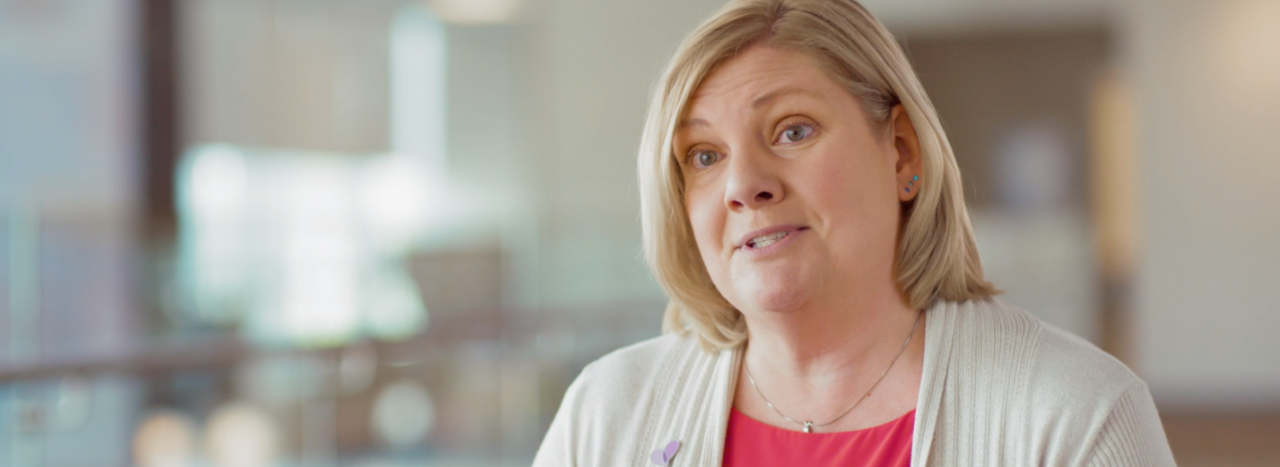
Since the inception of the CareSource Life Services program six years ago, Karin VanZant has not only led the division to remarkable growth and success, but has become a nationally-recognized thought-leader on social determinants of health. Coming off an exceptionally challenging year for CareSource members, Karin reflects on the CareSource response.
How important is it that our members have a stable support system in place?
KVZ: We all need to have access to healthy food and to health care and to safe, affordable housing. And, when we have that kind of stability in our life and a crisis hits, we have some bandwidth to actually be able to address the crisis. When you don’t have that sense of stability when a crisis hits, it can really put you in a downward spiral. At CareSource, we understand that if you didn’t know where you were going to lay your head at night, it’s going to be really hard to focus on anything else. If you didn’t know where your next meal was coming from, there’s no way that you could manage any of your chronic conditions.
We were actually addressing social determinants of health long before Life Services started six years ago. We had nurse case managers that were helping people find beds, and we were helping connect our members to food pantries. We were going above and beyond what our Medicaid contract required. And that created this fertile soil, so as the different seeds got planted in Life Services, it could actually grow.
What kind of challenges did CareSource Life Services face in 2020?
KVZ: We knew that our members were looking for answers in the same way that we were looking for answers. So we really wanted to make sure that all of the information that we were sharing was accurate. Some days that information was getting updated several times a day. So, how do we get accurate information out to our members? How do we highlight the pipelines that are changing? We know from working with our food bank partners that a lot of their food is distributed in a congregate setting. How do we work with our food bank partners to help package meals and actually get them to people? How could we help get the free and reduced lunch program boxed out to kids in their homes?
Because we had worked hard to understand the burdens and barriers that our members already faced, we were able to respond quickly and be very nimble about how we supported them. We were one of the first organizations to make significant financial donations to shore up resources as the food pipeline started to shut down. We transitioned transportation vendors who weren’t being used for medical appointments to help our members get to food distribution locations instead. We’ve got a real entrepreneurial spirit at CareSource, and our team never stopped innovating and problem solving over this last year.
How does CareSource’s proactive approach to social determinants of health support better communities?
KVZ: I’m excited about the work that CareSource has done in our integrated care model that brought clinical, behavioral health, social determinants, pharmacy and utilization management all together. I think that looking at that proactive approach of how we can really treat the whole person helped to get us through these crucial moments last year.
Why do you think the CareSource Life Services program has received so much national attention?
KVZ: Without our case managers, without our community health workers, without our life coaches, it would have been a really good media headline and maybe a little bit of branding. But it’s taken thousands of our employees to commit to this really important work to serve the whole person, whether it’s clinical, social or behavioral health. I’m just so proud of the work that we’ve all done collectively, and I look forward to what the future will bring.